Juju Bhai Dhakhwa: Keeper of Memories
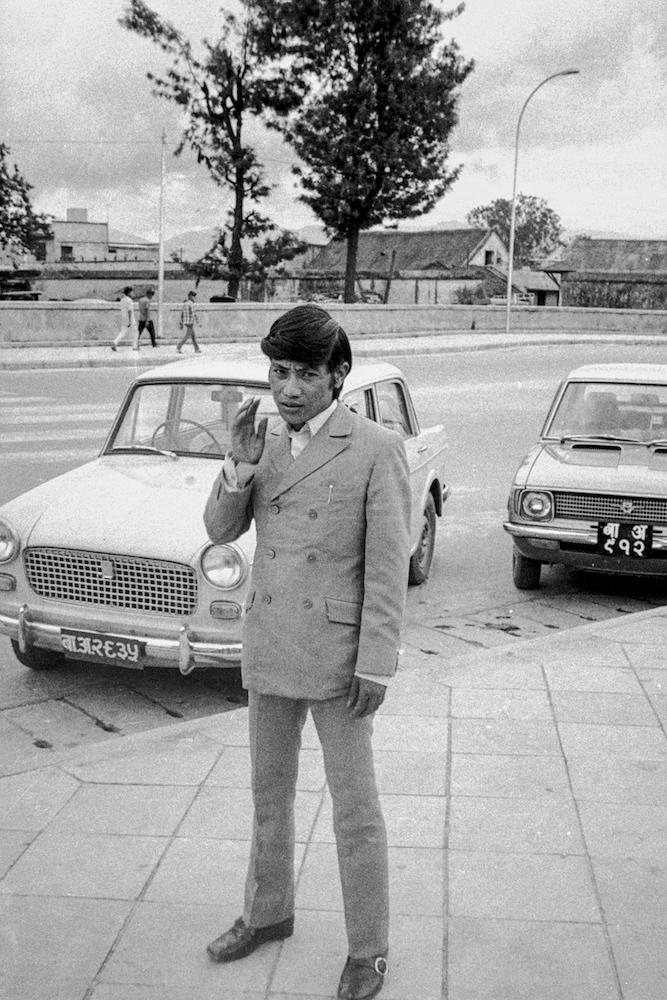
Portrait of Juju Bhai Dhakhwa (In Juju Bhai Dhakhwa: Keeper of Memories. Kathmandu: Nepal Picture Library, 2016.)
“With just a bedsheet held up against a wall—or held aloft by an invisible assistant—any room in the house was transformed into a studio.”
– Juju Bhai Dhakhwa: Keeper of Memories
Displayed at the inaugural Photo Kathmandu in 2015, Juju Bhai Dhakhwa’s personal archive of photographs were showcased in the very location they were shot—the streets of Patan and the Dhakhwa home. These were later compiled in the photobook Juju Bhai Dhakhwa: Keeper of Memories in September 2016 by photo.circle and Nepal Picture Library in collaboration with Quixote’s Cove. These spaces, home to the Nagbahal community, feature as the circumstantial and evidentiary “surround” in the photobook, as constructed makeshift studios and expansive sites for what the book calls “relaxed” relations between the camera, a family and the wider community. In Dhakhwa’s photographs, many of which are self-portraits or photographs of his family and friends, the lived and material world of a community is captured through subtle inflections of economic status, specificities of rituals and regional cultural influences. A group of photographs show Dhakhwa’s personal style as influenced by the Bollywood stars of the 1960s and 1970s, with textiles, accessories and tailoring attesting to the reach of cinematic currents.
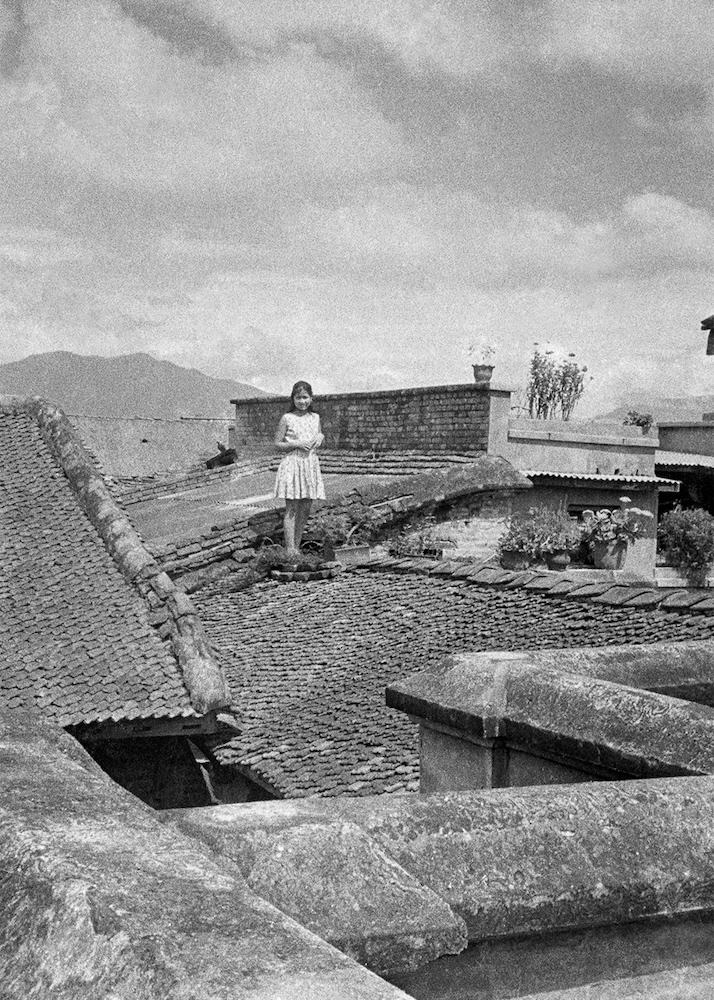
Untitled (In Juju Bhai Dhakhwa: Keeper of Memories. Kathmandu: Nepal Picture Library, 2016.)
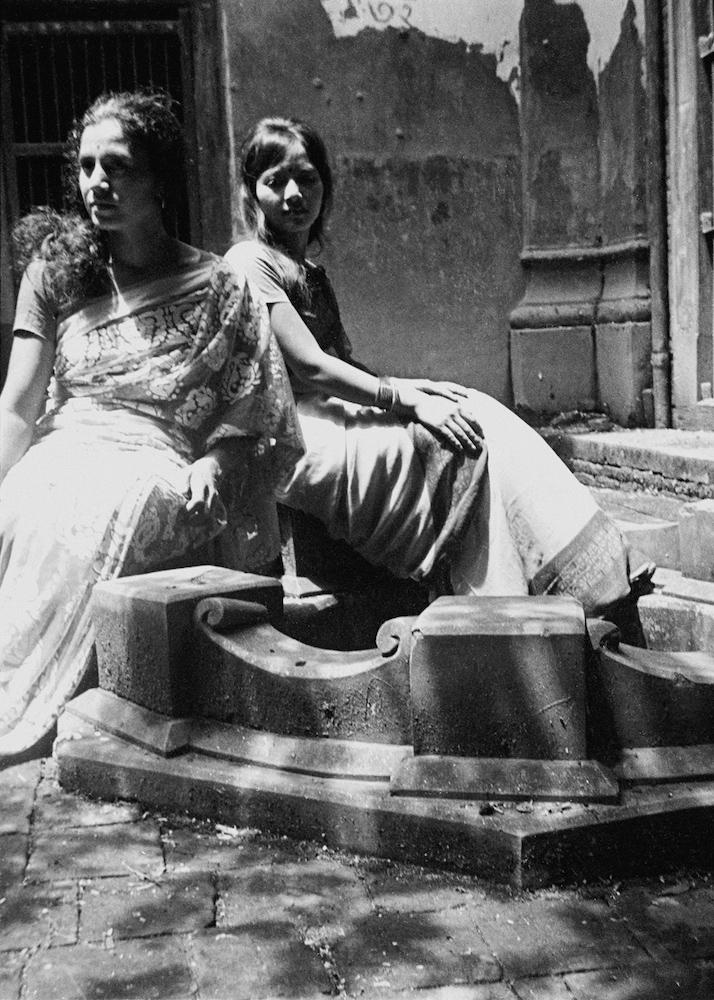
Untitled (In Juju Bhai Dhakhwa: Keeper of Memories. Kathmandu: Nepal Picture Library, 2016.)
The term “vernacular photography” has gained varied meanings, ranging from amateur photography, snapshots and documentation of the personal and everyday by non-professional or untrained persons to subversive practices of recording, preserving and asserting non-public memories. Exercising both an iconographic legibility and a counter particularity which Catherine Whalen describes as the dual function of vernacular practices, writing:
“Photographs become comprehensible as they employ recognizable conventions, communicated through framing and focus, composition and cropping, posture and pose. At the same time, they resist intelligibility because of their inescapable ambiguity; inevitably, aspects of what they purport to show within their frames, or imply lies beyond them, are unknown and unknowable.”
In the composition of images at the beginning of the volume—which depict Juju Bhai Dhakhwa’s friends and family—symmetry and juxtapositions emerge.
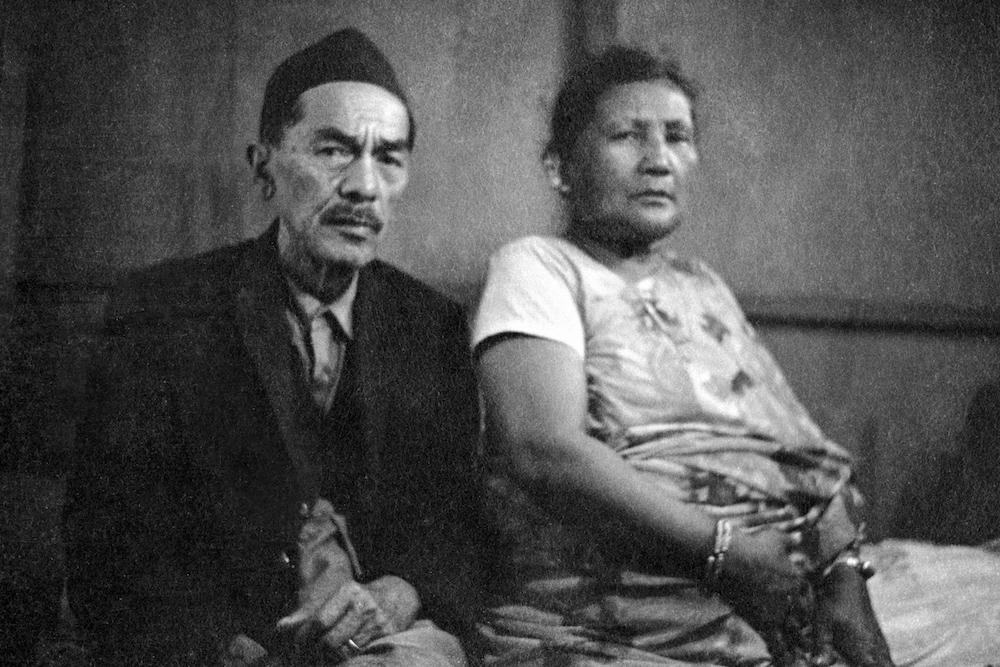
From the section "Friends from Nagbahal" (In Juju Bhai Dhakhwa: Keeper of Memories. Kathmandu: Nepal Picture Library, 2016.)
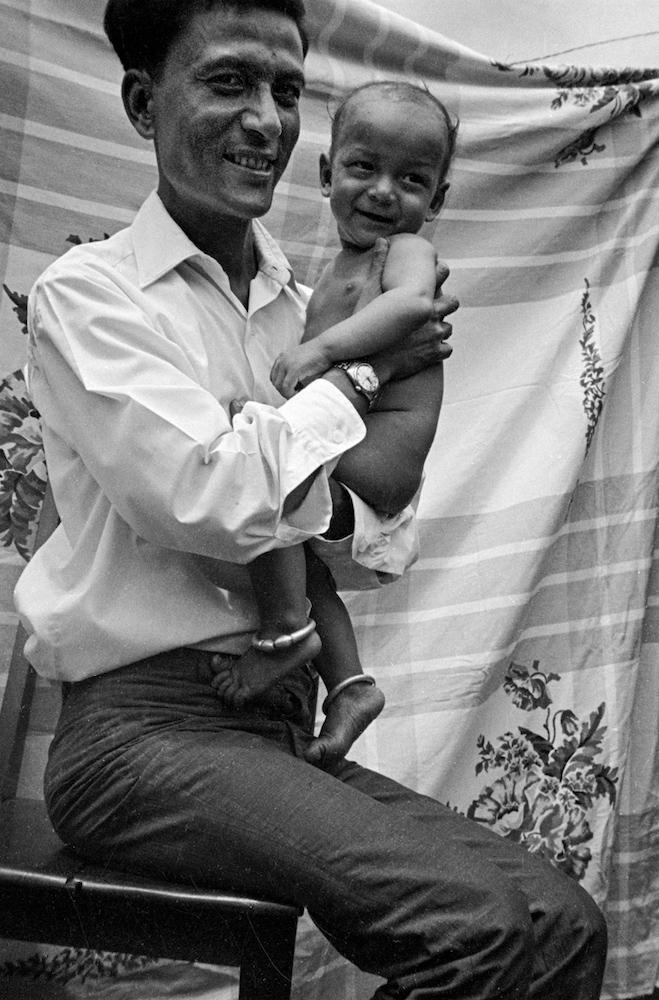
From the section “The Home Studio” (In Juju Bhai Dhakhwa: Keeper of Memories. Kathmandu: Nepal Picture Library, 2016.)
In the case of Juju Bhai Dhakhwa’s archive it is evident that his proclivity towards documenting shared practices and public life of people in Patan, as well as the prolific and portable use of the camera, led to his establishment as a photographer within the community—a “keeper of memories” beyond his own. A segment showcases images of families and youth of the Nagbahal community, composed in the vein of studio photographs, albeit with plain walls or exterior spaces as backdrops. In another segment, excursions and pilgrimages of the community serve as an opportunity for representing scenes of frolic, comic enactment and leisure. The uninhibited performances in these images are resonant of both familiarity with the lens and the photographer, as well as the desire to engage in shaping the representational folds of the resultant image.
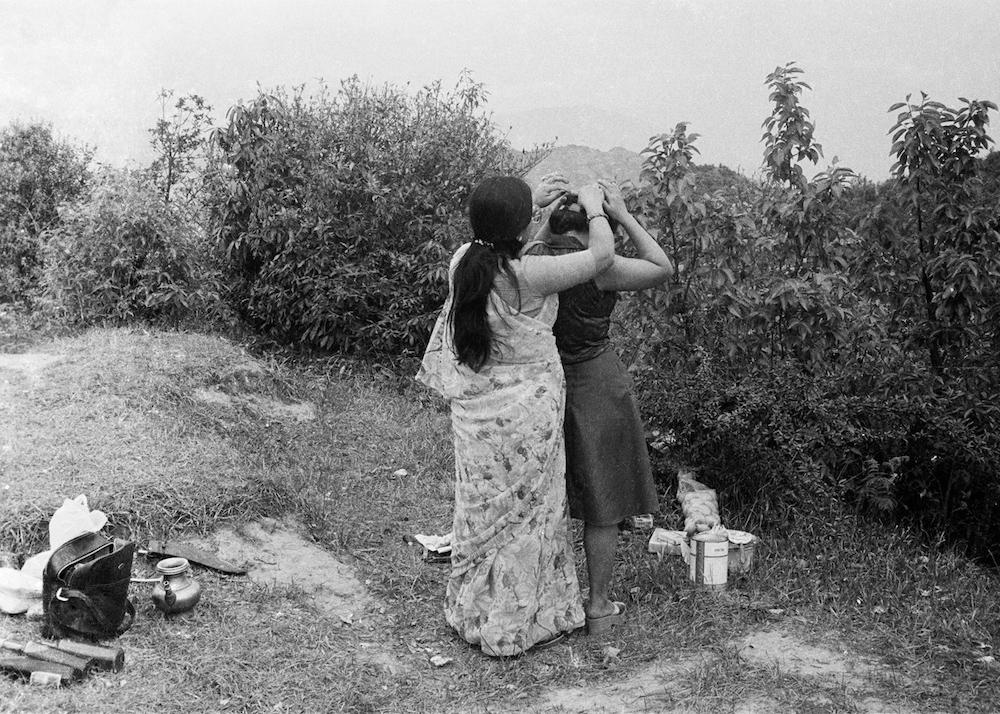
From the section "Excursions" (In Juju Bhai Dhakhwa: Keeper of Memories. Kathmandu: Nepal Picture Library, 2016.)
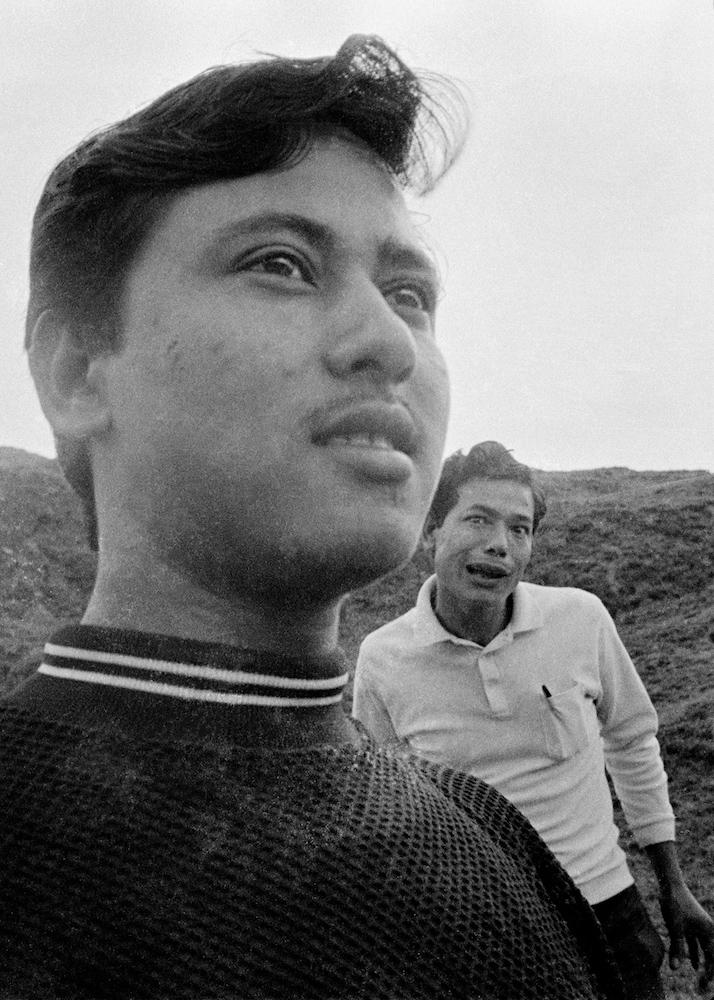
From the section "Excursions" (In Juju Bhai Dhakhwa: Keeper of Memories. Kathmandu: Nepal Picture Library, 2016.)
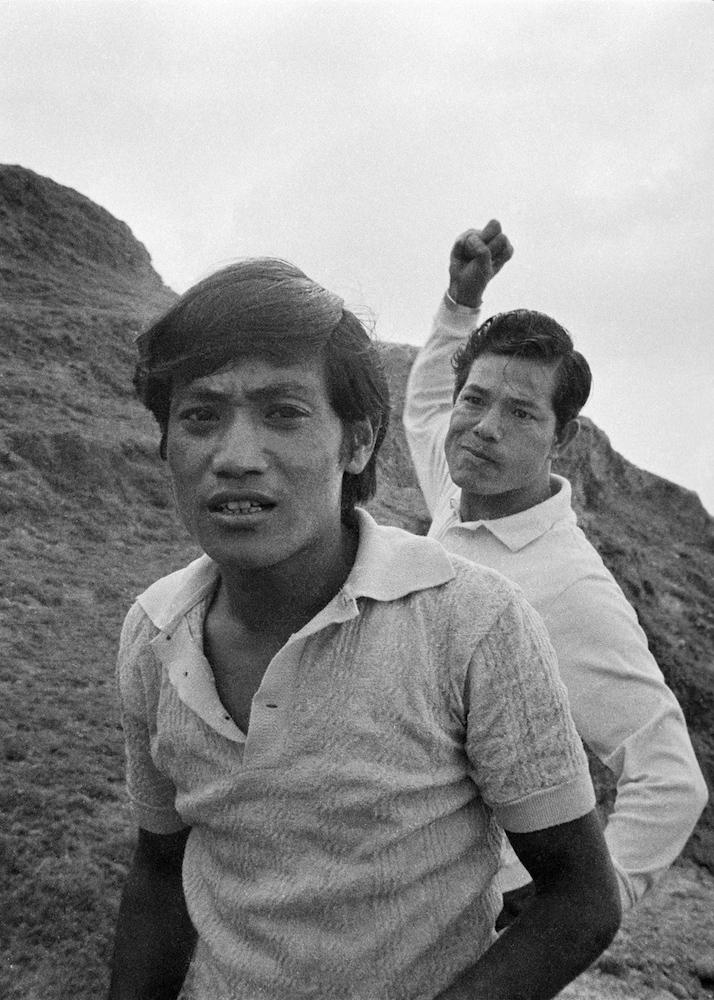
From the section "Excursions" (In Juju Bhai Dhakhwa: Keeper of Memories. Kathmandu: Nepal Picture Library, 2016.)
Shuvechchhya Pradhan and Prawin Adhikari, who worked on the text of the volume, note that Nagbahal is a large, open space used for Buddhist rituals and ceremonies, many of which are specific to Patan. Images selected from his archive depict community participation, capturing the dynamism of multitudes as well as minor details such as vessels specific to worship. These are bookended by images of a political rally—presenting a spectrum of civic and collective, intimate and interpersonal relations. Significantly, the volume foregrounds a visual sensibility that is assured and experimental, opening possibilities of asserting complex, heterogenous relations with technologies of visual cultures that instigate participation and co-authorship.
All images by Juju Bhai Dhakhwa.




